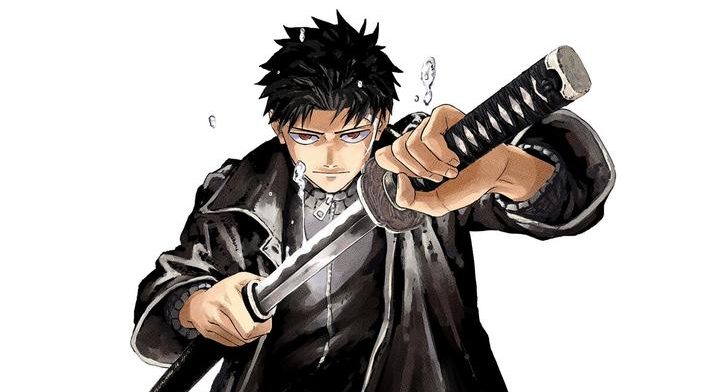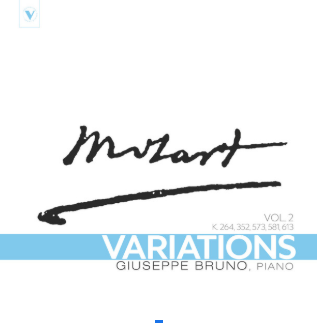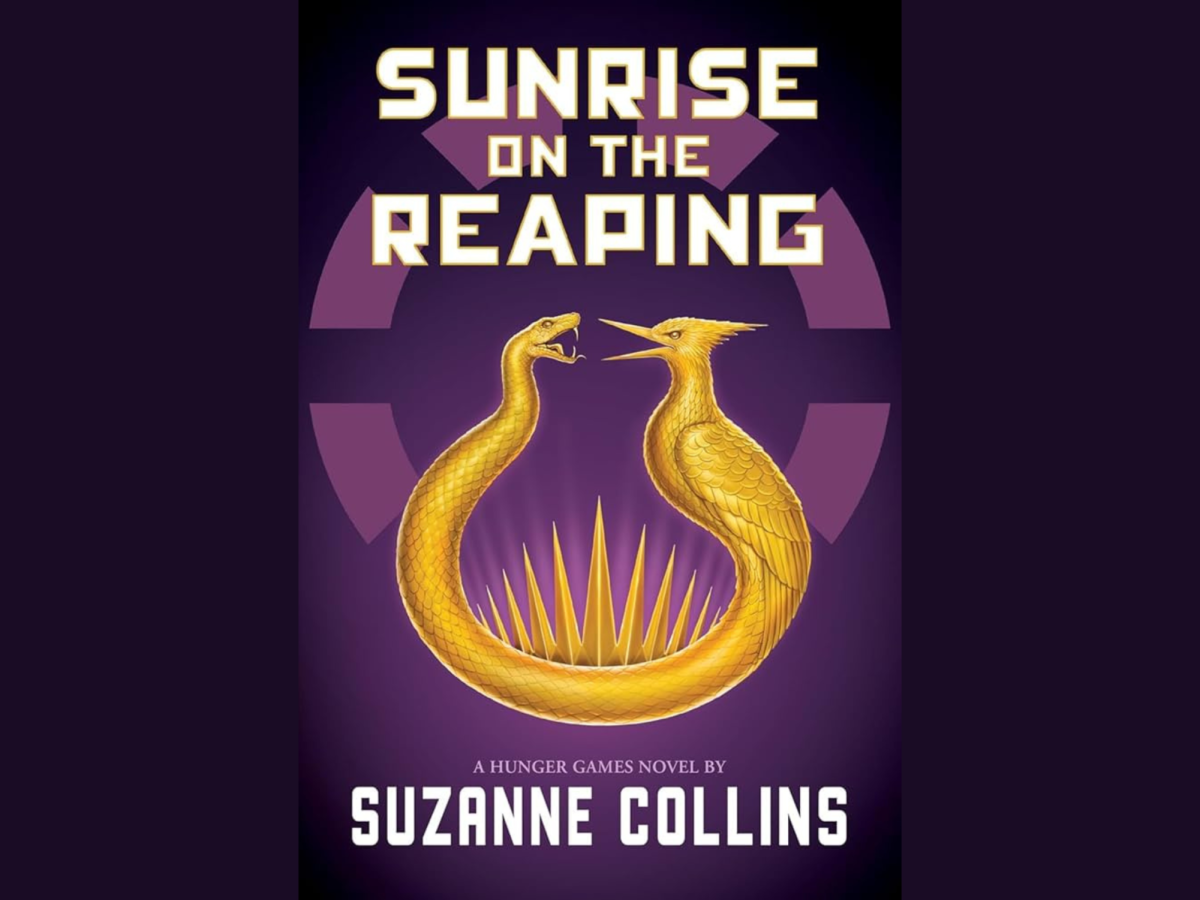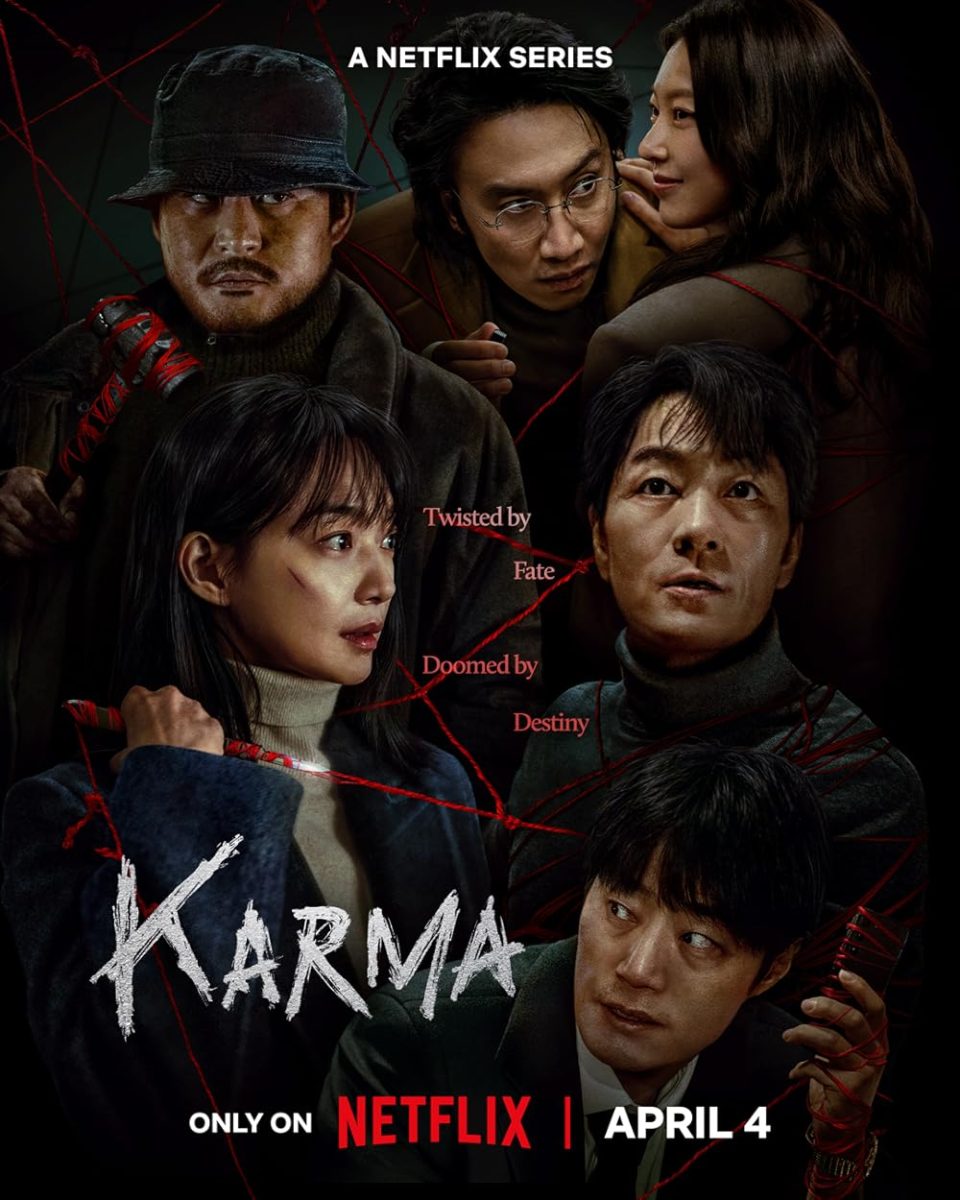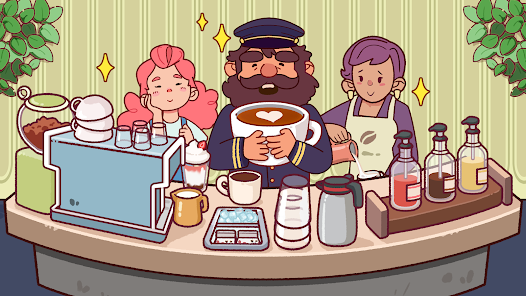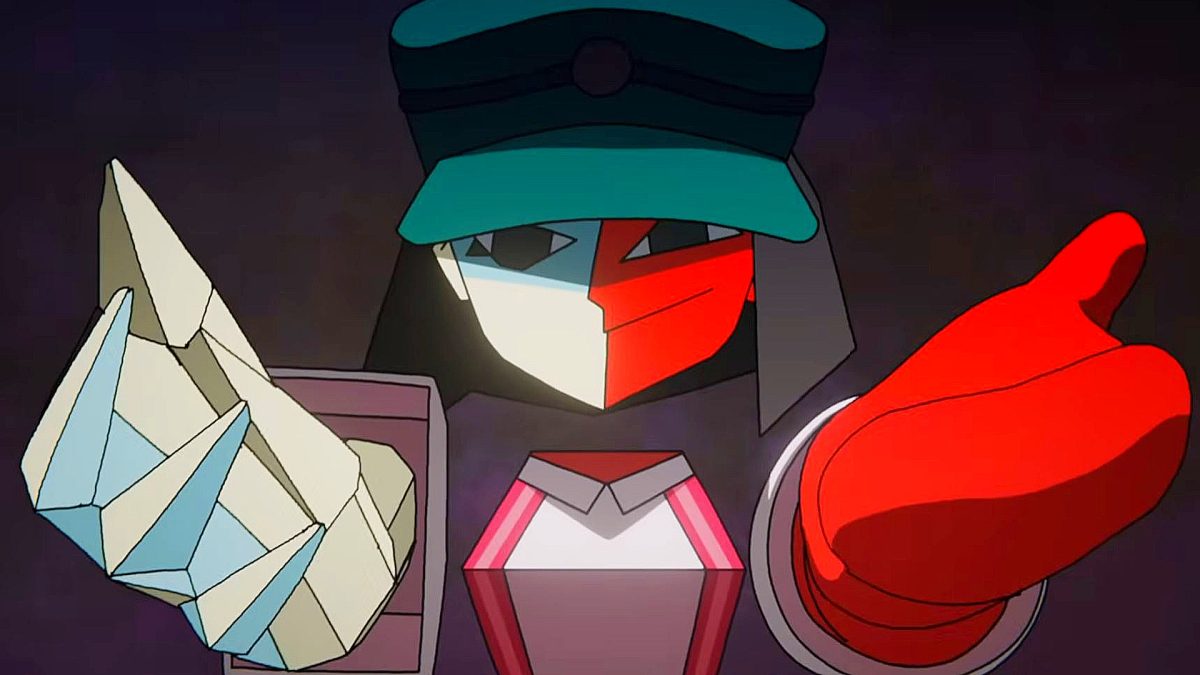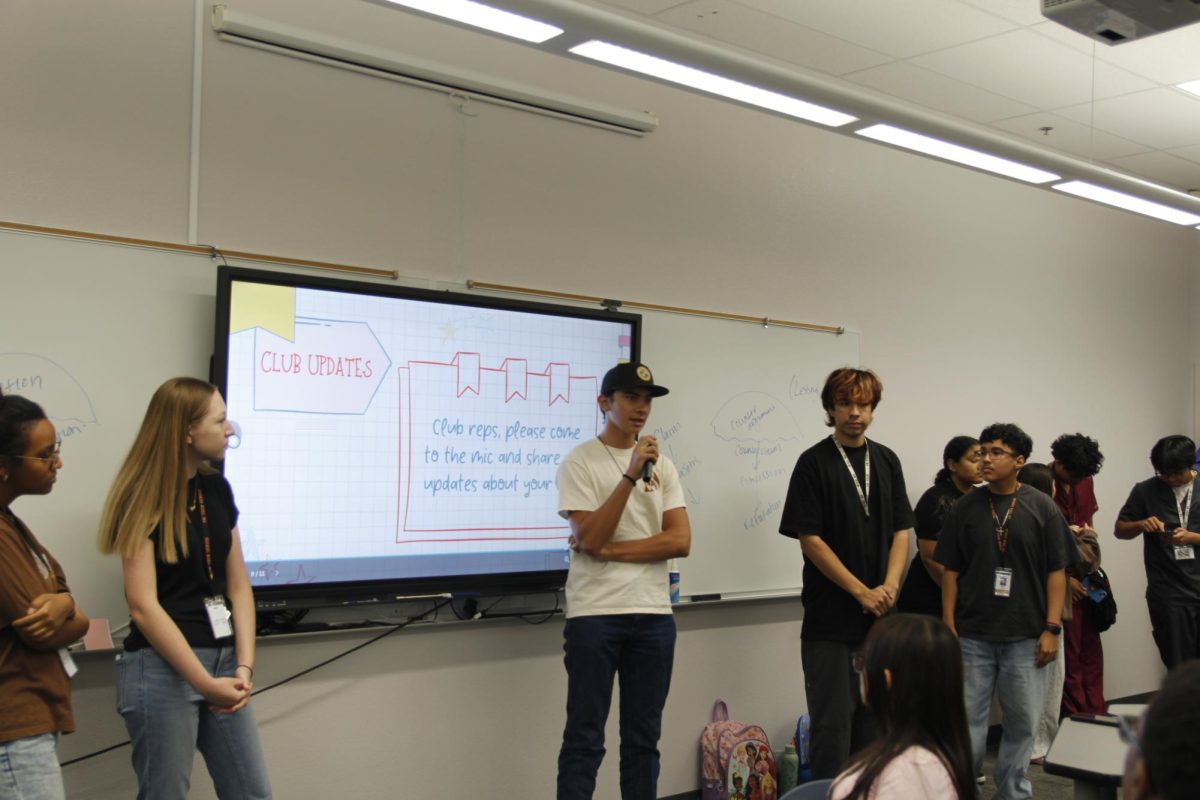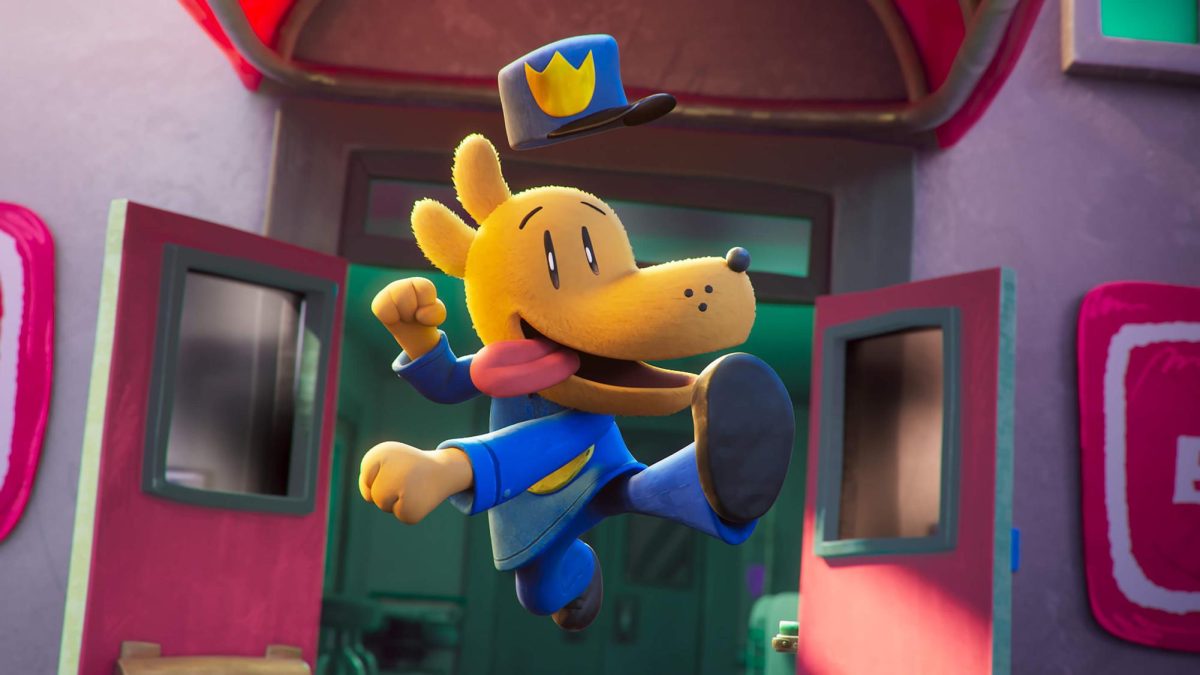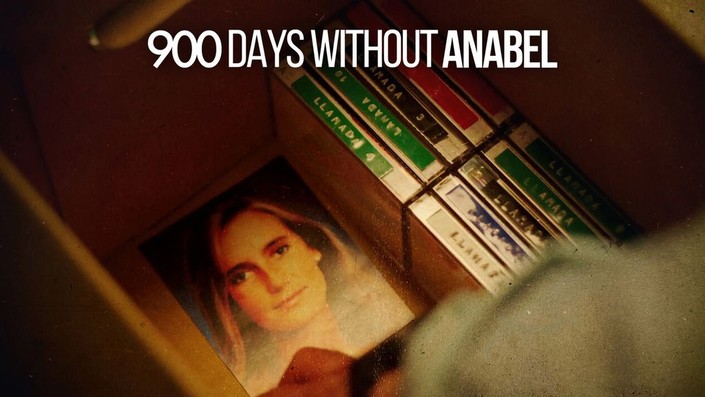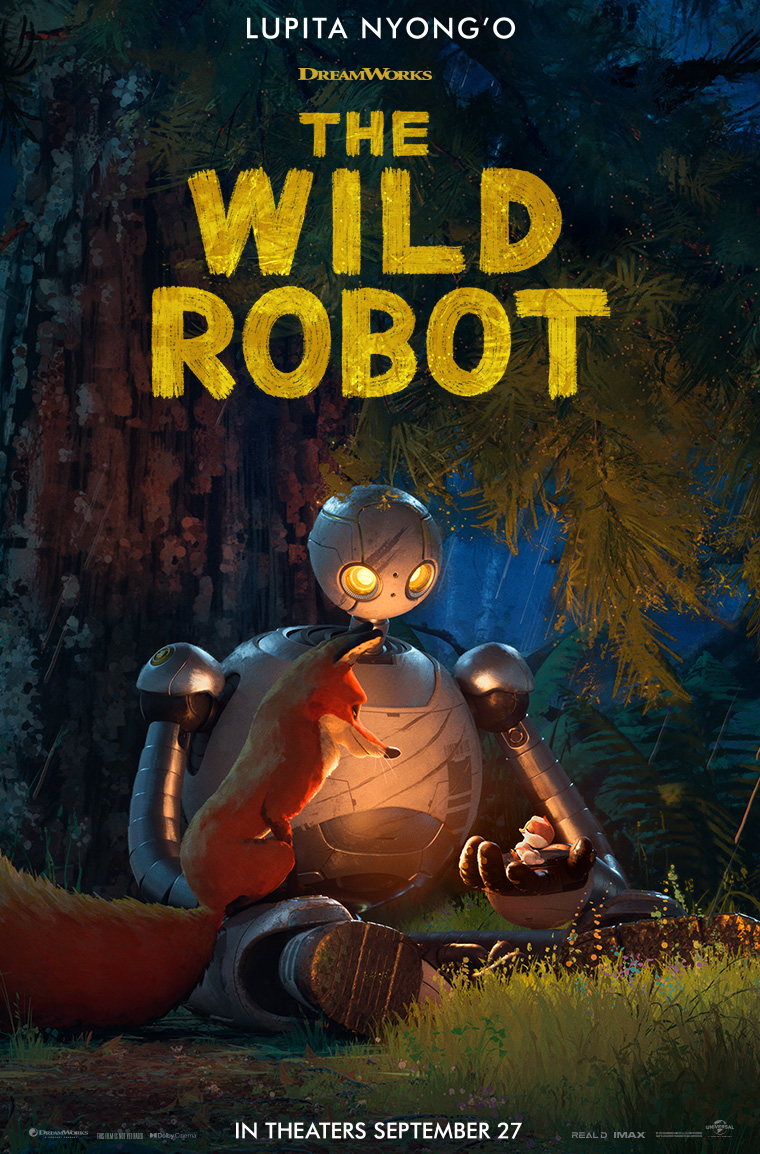The cutthroat world of manga publication only allows for the best of the best to take the spotlight, but somehow “Kagura Bachi” seized the coveted center stage by becoming something no manga has before: a viral meme.
“Manga” directly translates to “comics”, and are the Japanese equivalent of comic books here in the West, but there are quite a few notable differences. Manga are published under magazines akin to Marvel or DC, but instead of various storylines based on a cast of characters, manga authors or “mangakas” create unique standalone stories that publishers release on a regular basis. The most sought-after publishing spot is on “Weekly Shonen Jump” which publishes the highest-grossing and most popular manga like Jujutsu Kaisen and One Piece.
The meme consists of people calling Kagura Bachi the greatest manga of all time, comparing it to well-established manga like Dragon Ball and Boruto. This is often accompanied by the phrase “enough time has passed,” implying that enough time had passed to say the Kagura Bachi is better than these globally revered manga. As if the comparisons weren’t already bonkers enough, people started creating fan art and animations soon after the release of the first chapter. A mixture of FOMO and genuine interest led me to that first chapter on release day, and I was pumped to see what all the fuss was about.
I still wanted to give the manga a fair chance, so I read it while trying to disregard all the memes; it was a pleasant surprise. It begins with serious teenage boy Chihiro Rokuhira who is training under his overzealous father in blacksmithing techniques in hopes that he will one day be able to craft powerful swords just like his dad.
Chihiro’s father makes sure to engrave in him the idea that the blades that he crafts should only be granted to those dedicated to vanquishing evil and protecting the weak. On that fateful day, a gang of sorcerers broke into the Rokuhira household, slaughtering Chihiro’s father and stealing six of his most powerful enchanted blades. Lying over his father’s corpse, Chihiro vows to cut down every single member of that gang. Armed with an unwavering determination for revenge and the last enchanted Katana left behind by his father, Chihiro trains relentlessly for the day that he can bring merciless justice down upon his father’s murderers.
A power system can make or break a Battle Shonen manga, and Kagura Bachi seems to follow an unfortunate trend I see in a lot of newer manga. In older power systems like “Chakra” used in Naruto, the limitations and abilities of said system are defined early on and are only broken when the plot truly requires it. Nowadays however, explanations of how the power works are placed later on in the series in favor of early flashy visuals, and this is perfectly exemplified in manga like “Jujutsu Kaisen” and “Hell’s Paradise”. At the beginning of those manga, their power systems, cursed energy and Tao respectively, could accomplish virtually anything the mangaka wanted. They were fleshed out more later on in the series, but it becomes very confusing as a reader to follow what is going on in the beginning. Kagura Bachi is an even bigger offender than those two manga as I still don’t even know what sorcery is in that world, and that is something they need to dive deeper into soon before it becomes even more of a cluttered mess.
The illustrations by creator Takeru Hokazono were a major highlight of the manga. The most significant aspect of the illustrations that caught my attention was Hokazono’s depiction of sorcery. Despite its lack of explanation, the endless possibilities of sorcery made way for some of the most beautiful manga panels I have ever seen. In one particular panel, Chihiro unsheathes his dripping blade while two giant goldfish and water droplets swirl around him and a mafia man, killed by Chihiro, lay dead on the floor with his blood scattered throughout the room.

The masterful composition and blending of different styles in this panel works flawlessly. The darker tones and cross-hatching around the panel and on the black fish creates a nice visual contrast against the brightness and colorfulness of the multi-colored fish and water droplets. I would argue the darker elements likely symbolize the darkness that has taken control of his heart and the colorfulness of the fish is the bit of brightness from his father that he doesn’t want to let go of. Whatever the fish represents, the panel was a masterpiece and I’m sure there will be many more that I can stare at for much longer than I probably should.
This manga definitely exceeds my expectations, but it still suffers from a convoluted power system and a one-dimensional main character – issues that have become far too common with new Shonen manga trying to make a splash. I’m sure when given the chance to flesh out Chichiro’s character and explain the power system to make it more clear, it could become one of the greats. But for now, it is just an above-average manga. If you enjoy revenge stories and are willing to wait week after week for the release of new chapters, I recommend it wholeheartedly. Otherwise, I would wait until more chapters are released before hopping into this story.

